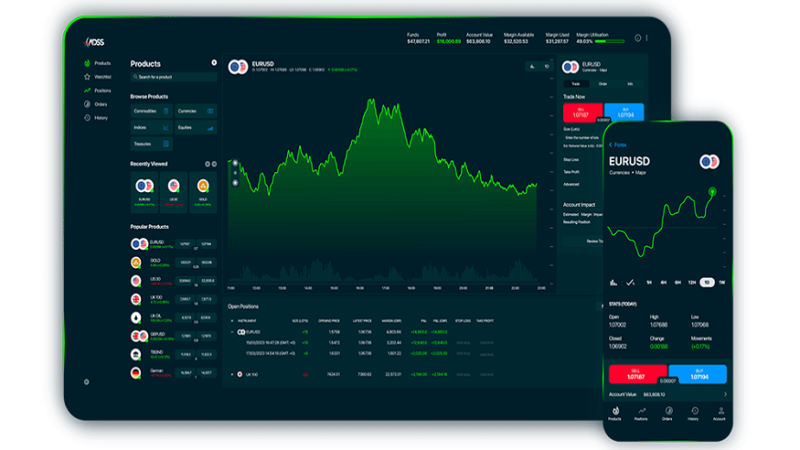Advanced CFD trading strategies: Hedging and speculation techniques

Advanced CFD trading strategies involve hedging and speculation techniques to help traders achieve their desired outcomes. Hedging reduces the risk of losses by taking an offsetting position in a different instrument or currency pair. At the same time, speculation involves taking a long or short position in a single instrument or asset to profit from price movements. These strategies can be practical tools for managing risk and capitalising on potential opportunities.
Hedging
Hedging involves purchasing instruments that move in opposite directions; the other tends to go down when one goes up. By buying both at once, you have effectively eliminated any loss from one going down while preserving potential gains from the other going up. This type of diversification helps mitigate the risk of losses and is known as hedging. For example, a trader can buy a CFD on gold and sell an inverse CFD on silver simultaneously.
Speculation
Speculation is another advanced trading strategy that involves taking a long or short position in an instrument or asset to take advantage of potential price movements in favour of the trader’s predictions. When you open a trade, you are predicting what direction the price will move; if your prediction turns out to be correct, you will make money. This type of speculation requires a good understanding of technical indicators and market sentiment, which can influence prices significantly.
Both hedging and speculation strategies require careful analysis before implementation to ensure the best outcome for traders. To properly assess their effectiveness, traders should consider risk tolerance and the current market conditions. For example, there is a lot of volatility in the market. It may be wise to take on lower levels of exposure and wait for more favourable conditions before taking more significant risks with higher leverage positions. Additionally, traders should look at other aspects, such as liquidity, trading costs and potential profits, when deciding which strategy to pursue.
Other CFD trading strategies
Other CFD trading strategies used by experienced traders include spread betting and scalping. Spread betting is speculation involving taking long and short positions on the same asset or instrument; this allows traders to benefit from price changes without owning the underlying asset.
On the other hand, scalping involves taking advantage of small price movements to make quick profits. This strategy requires frequent monitoring of prices and a certain degree of market knowledge.
How to start trading CFDs in Singapore
Trading CFDs in Singapore is an attractive option for diversifying their investment portfolio. With a deep and liquid market, Singapore provides ample opportunities to take advantage of fluctuations in the prices of different financial instruments.
The first step towards trading CFDs in Singapore is to find a reputable broker. Researching the regulations and policies before signing up with any particular broker is wise. Additionally, comparing the fees and costs associated with different platforms is essential before deciding.
Once you have selected a reliable platform, the next step is to ensure you understand how CFD trading works. Before executing any trades, developing a thorough understanding of the basics of CFD trading, including margin trading, leverage limits and risk management strategies, is essential.
Additionally, traders should familiarise themselves with technical analysis tools such as charting software and indicators that can help them formulate effective trading strategies suited to their individual needs. Before you start trading, practise on a CFD demo account to understand how CFDs work and how to make profitable trades.
Employing proper risk management techniques is essential when trading CFDs in Singapore, which includes setting realistic stop-loss levels and only investing funds that can be comfortably lost without impacting your lifestyle negatively. Additionally, traders should look at diversifying their investments across different asset classes for more excellent protection against losses from unexpected market movements or changes in sentiment.
Conclusion
CFD trading is an advanced investing technique that can be used to benefit from fluctuations in the prices of different financial instruments. It involves taking either a long or short position in an asset, depending on traders’ predictions about which direction its price might move. Several strategies associated with CFD trading, such as hedging, speculation and spread betting, require careful analysis before implementation. Additionally, it is essential to understand the basics of CFD trading and practise on a demo account before starting live trading in Singapore. With proper education and experience, anyone can use CFDs for profitable investments.






